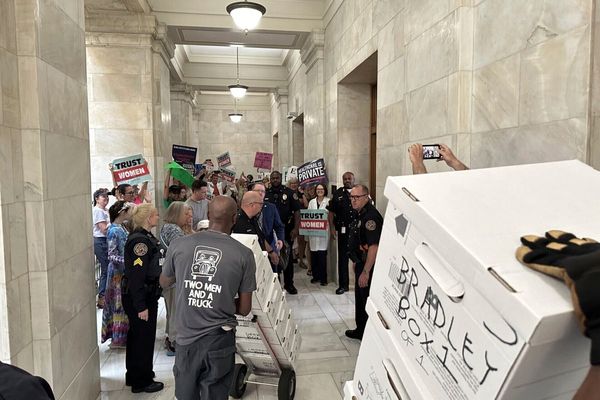
When Australians pay for petrol, they are exposed to an assortment of chips, chocolates, lollies and drinks designed to trigger an impulse purchase. But business owners have noticed that an increasing number of motorists are no longer buying snacks, as cost-of-living pressures spark a change in consumer behaviour that is denting sales of traditionally popular items.
“When consumer sentiment is off and people are not feeling good about the economy, our non-fuel sales drop; we’ve certainly seen that over the last 18 to 24 months,” says Mark McKenzie, the chief executive of the Australasian Convenience and Petroleum Marketers Association.
“Fuel is an essential product, but coffee, muffins, chips, chocs and drinks that go with it aren’t.”
Shares in Viva Energy, the petrol supplier that operates the Shell service station network, have halved over the past 12 months, dragged lower by weak sales for store products in a trading environment the company describes as “challenging”.
Shares in Ampol are down almost 40% over the past year, pulled down by losses at its oil refinery operations. But the petroleum company also recently reported a slide in non-fuel shop income.
Unplanned purchases are an important revenue stream to service station owners, given the profit margin on a pack of Twisties is about double that of fuel, although petrol is sold at much higher volumes.
The pullback in impulse buys is most evident when fuel prices breach $2 per litre, according to McKenzie, because that pushes the cost of a typical 50 litre refill past the $100 mark.
“That three-figure sum really focuses their attention on whether they can afford a coffee with their fuel,” says McKenzie.
“It triggers something in the consumer’s mind and they become far more reluctant to purchase non-essential items.”
Revamping their businesses
Research company IbisWorld notes the same trend is hitting standalone convenience stores, with a reduction in foot traffic and inflationary concerns deterring impulse purchases.
Store owners have also had to grapple with the vape ban and illicit tobacco sales luring their customers away.
“Rough trading conditions have battered convenience stores in recent years,” IbisWorld says.
“Stores are struggling to entice customers, who are less likely to engage in impulse purchases and are instead opting for less costly options when grocery shopping.”
The challenges are prompting petrol station and convenience store owners to revamp their businesses, with many offering ready-made meals to entice value-conscious shoppers.
The move taps into the “trading down” trend of Australians looking for more affordable meals amid persistent living cost pressures.
To entice non-petrol purchases, service stations are increasingly offering eat-in cafe items and hot meals as part of a road house-style fit-out.
Others have partnered with chains, including Boost Juice, or have carved out a niche to ensure they become a destination venue with plenty of repeat customers.
Hollie Fox says her family-owned business near the Gold Coast airport has protected itself against a downturn by offering products that customers can rarely find at a service station.
“We’re not really a petrol station any more; we’re sort of a grocery store selling fuel,” says Fox, from The Fox’s Pantry.
The business offers organic produce, as well as homemade meals like chicken curry with a bone broth base. It stopped selling cigarettes just over a year ago, and is close to getting rid of its big brand soft drinks altogether.
“We’ve only got one door left of traditional drinks, such as Coca-Cola and Sprite, but we’re very close to making the switch because we’ve got so many alternatives,” says Fox.
“It takes a bit of time to educate customers, so we change things slowly, otherwise people freak out.”







